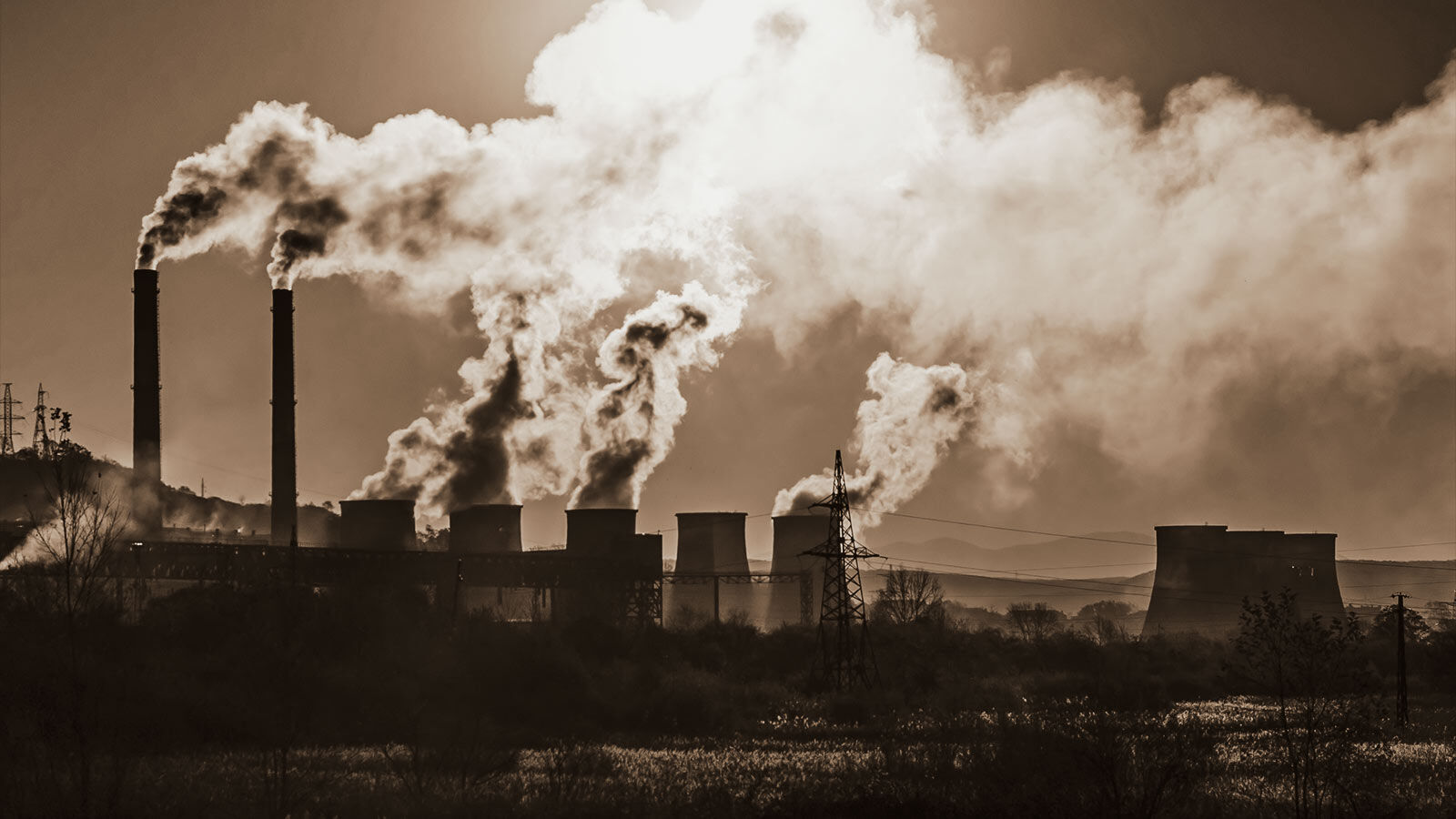- Culture
- 05 Jul 22
Dangers of methane emissions due to global heating vastly underestimated, report shows

Methane's global warming potential over a 100-year period is roughly 30 times that of carbon dioxide.
Global heating has been found to have a direct correlation to increased methane emissions, which have been on the rise since 2007.
According to new research done by Simon Redfern, an earth scientist at Nanyang Technological University in Singapore, and his colleague Chin-Hsien Cheng; global heating is four times more influential in accelerating methane emissions than previously estimated.
Rising temperatures are helping to produce more methane (by speeding up microbe activity in wetlands for example), while at the same time slowing down the removal of methane from the atmosphere. Their findings have been published in the journal Nature Communications.

Methane (CH4) is a colourless, odourless, and highly flammable gas composed of carbon and hydrogen. According to the US Environmental Protection Agency, the potent gas is locked in an unrelenting cycle with global warming, both contributing to it and being triggered by it, making methane one of the primary tenants of climate change.
Around 40% of methane emissions come from natural sources such as wetlands. However, about 60% of the dangerous emissions come from human-related activities, including raising livestock, leaks from natural gas systems, landfills, and waste from homes and businesses.
Natural gas also has methane as one of its primary components. Natural gas fuels things like industrial plants, air conditioners, household applications and more. The Global Methane Assessment has determined that the greenhouse gas contributes to the formation of ground-level ozone (something that is harmful to humans, ecosystems, and crops). Methane can grow to be 80 times as potent as carbon dioxide.
The exploitation of oil and natural gas, irresponsible agriculture and landfill practices, and rising natural emissions from warming wetlands and Arctic tundra melts all contribute to the huge rise of methane in the atmosphere.

Wetlands are vital to functioning ecosystems and combatting climate change. About 20% of Ireland alone is covered in wetlands - most of which are protected under EU environmental legislation or listed as Ramsar sites.
The Ramsar convention, named after the location in Iran where it was signed, "is an intergovernmental treaty that provides the framework for national action and international cooperation for the conservation and wise use of wetlands and their resources".
These ecosystems are important for biodiversity, storing land-based carbon, the removal of pollutants and protection from flooding, storms and snow melt.
Carrowbehy Bog SAC, County Roscommon. Currently being restored by The Living Bog. It is one of #Ireland's most beautiful bogs, and one of its wettest, with record numbers of Sphagnum moss species. A haven for wildlife. An escape for humans. Heaven on earth. And only in #Ireland pic.twitter.com/3Y0VsS9GCA
— The Living Bog (@LIFEraisedbogs) January 29, 2020
Increased methane emissions are working to disturb the productive work of wetlands by increasing their output of greenhouse gases rather than absorbing them.
Here are some of key areas we need to tackle in the climate crisis.
RELATED

- Opinion
- 03 Oct 23
Teagasc: Providing A Cutting Edge Education

- Lifestyle & Sports
- 14 Sep 22
Teagasc: A Great Time To Get Involved in the Modern Agriculture Sector
RELATED

- Lifestyle & Sports
- 14 Jun 22
The Whole Hog: Its Time To Reboot The Climate Campaign

- Lifestyle & Sports
- 01 Feb 22
Teagasc: The Right Course Of Action

- Culture
- 28 Dec 25





